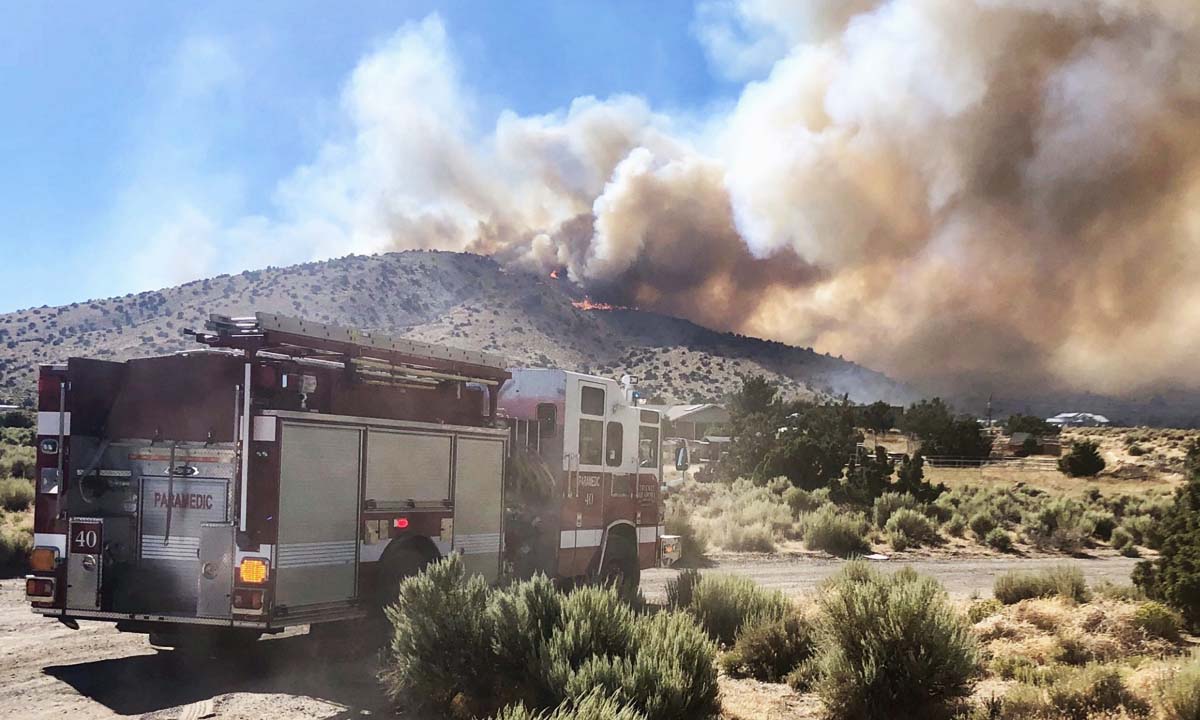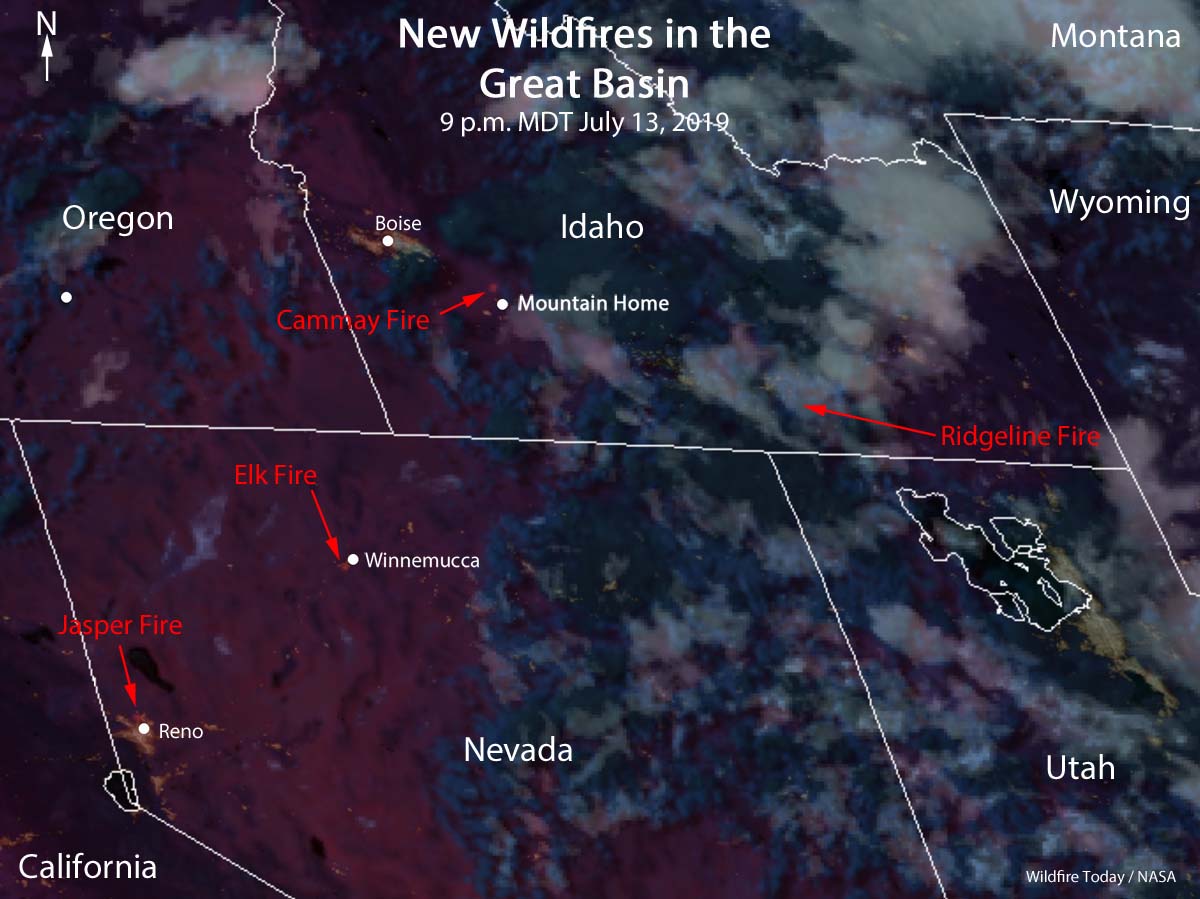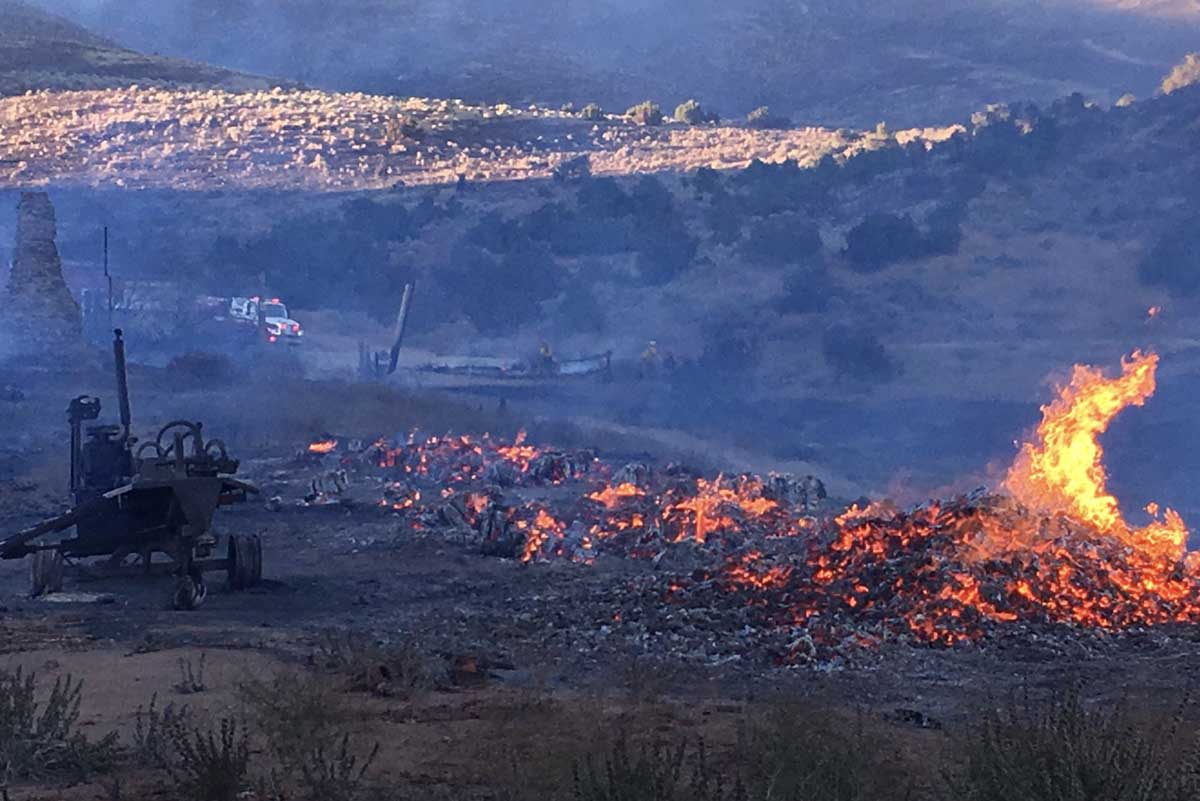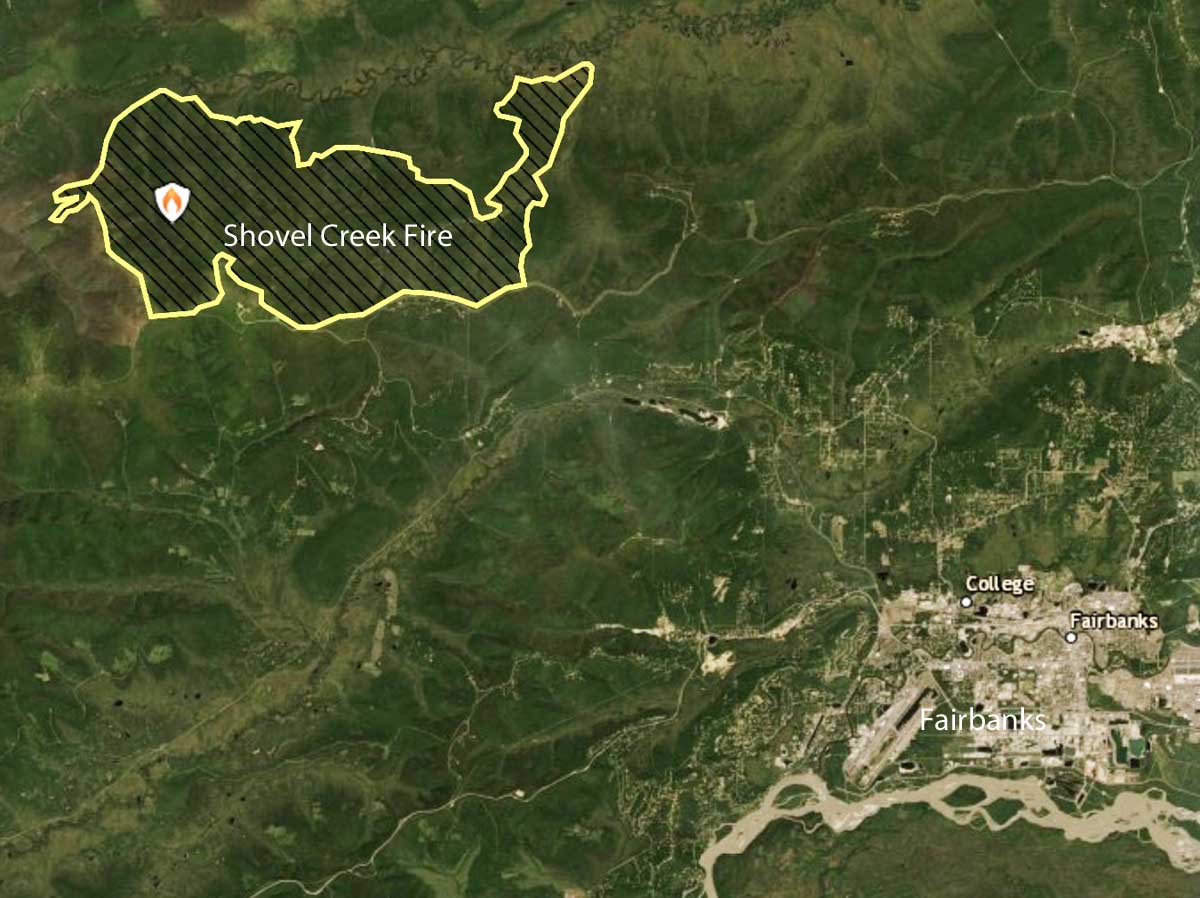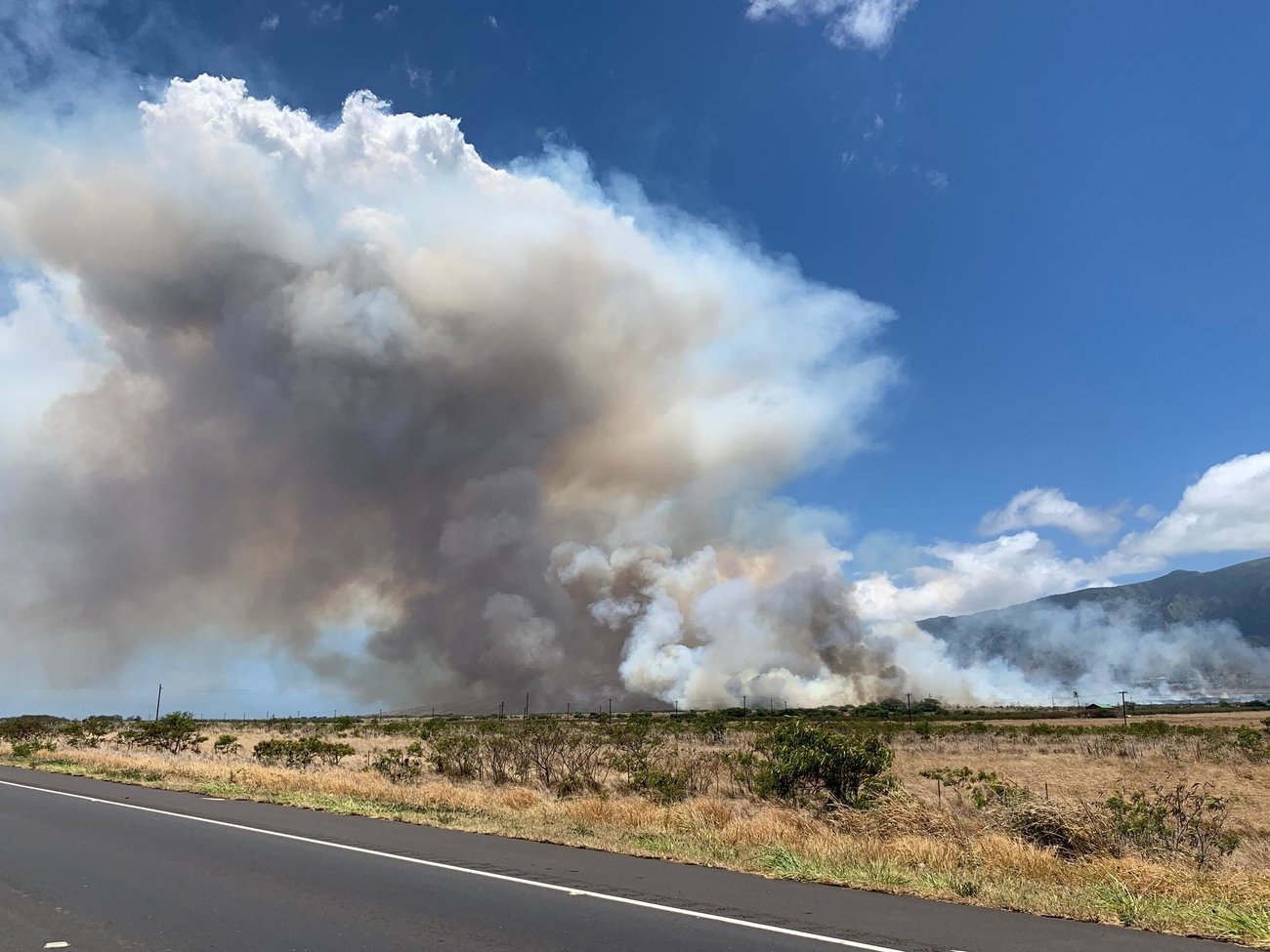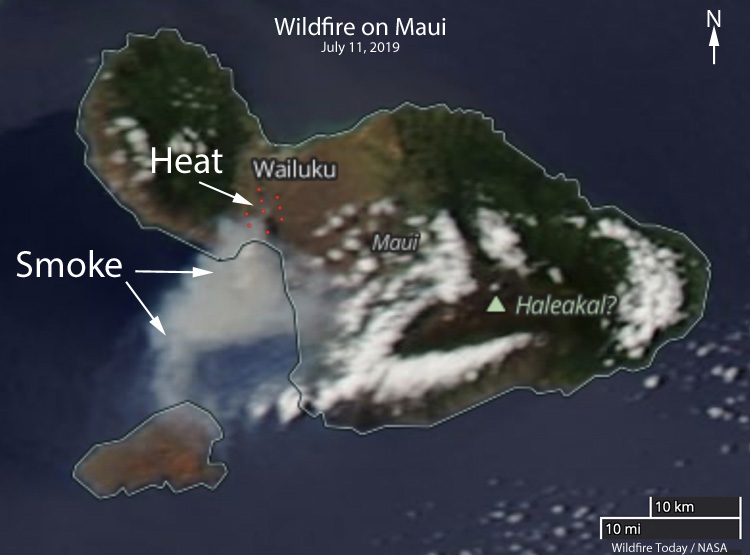
A company expects to make available soon in the United States a tracked wildland fire suppression vehicle featuring a turbine aided nozzle/mist blower and a 1,300-gallon water tank that can be refilled by helicopter.
“The first demonstrator chassis is ready in Reno, Nevada at Powerbully now and waiting for the turbine to be shipped from Italy by air freight,” Nicholas Davis, CEO of Arcus Fire said. “It will be doing a week-long demo program at Reno during late October. The second demonstrator is also ready for the turbine in Montreal at Prinoth. It will have an HKD Blue turbine on it and will be on display at the Ottawa conference in November and then doing a tour of the provinces.”
Mr. Davis said the price will run around $460,000 to $490,00 depending on options, such as infrared cameras, communications, external lockers, and drone integration. They are also looking at rental or lease options for approximately $7,000 per month.
Below is a press release from Arcus Fire, followed by a video with computer-generated imagery (CGI).
LONDON — JULY 11, 2019
Arcus Fire unveiled an innovative wildland firefighting vehicle today. The Arcus Wildtrack will be able to take the fight to wildfires like no other vehicle currently on the market.
Using equipment provided by world-class manufacturers, a directional variable flow water turbine is combined with a fully-tracked body. The resulting vehicle can throw water, gel or retardant 75 meters at flow rates of 100 to 2,000 liters per minute.
Traveling at 10 kph on a variety of terrain types, the Wildtrack can suppress up to 24 acres per hour, depending on fuel and terrain. Capable of being reloaded by helicopter through its 5,000 liter (1,321 gallon) baffled hopper water tank, the Wildtrack is able to keep moving, continuously laying down suppressant and supporting firefighters with three external Camlock connections for standard fire hoses fed from the water tank.
“The Wildtrack is easy to deploy,” said Arcus Fire CEO Nick Davis. “Two vehicles can fit on a standard flatbed truck and be delivered to the fireline the same as a bulldozer. The Wildtrack also has hard points built into the chassis that allow it to be helicoptered to more remote locations. Using a helicopter which can carry water, such as an S-64 Aircrane or a CH-47 Chinook, the helicopter which delivers the vehicles can also resupply the vehicles from nearby water sources.”
Wildtrack drivers are able to use high-intensity strobes to provide visual cuing to helicopters supporting them, while the driver is provided with Forward Looking Infra-Red (FLIR) vision for safety during night operations.
Real time satellite tracking of the Wildtrack is available, as is a link to a 90-minute endurance Arcus Drone with survey repeater beamed into the cab for a bird’s-eye view of the situation on the ground.
“We will offer different leasing programs to organizations and agencies which wish to contract the Wildtrack,” Davis added. “Following the 2018 fire season in the U.S., in which millions of acres burned, billions of dollars of real estate was destroyed, and over 100 lives were lost, my vision is that I would like to be able to reduce losses to less than $1 billion, with only a few structures lost and no loss of life within 5 years’ time.”
“The Arcus Wildtrack apparatus brings some new and old concept ability to assist wildland firefighters in suppressing wildfires. I look forward to seeing the Arcus Wildtrack go from concept to prototype and seeing it in action in 2020,” said Chief Kim Zagaris, Western Fire Chiefs Association Wildfire & Policy Advisor.

